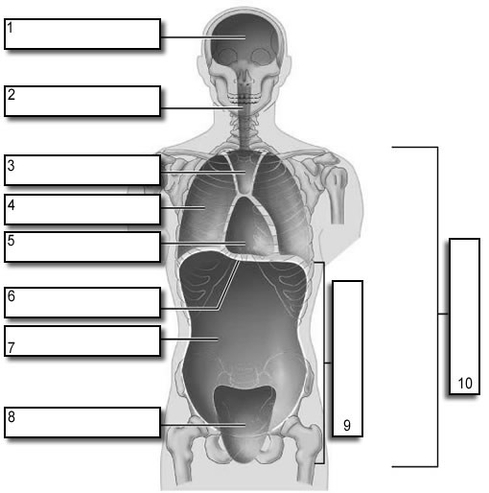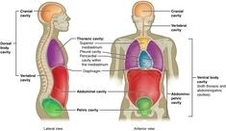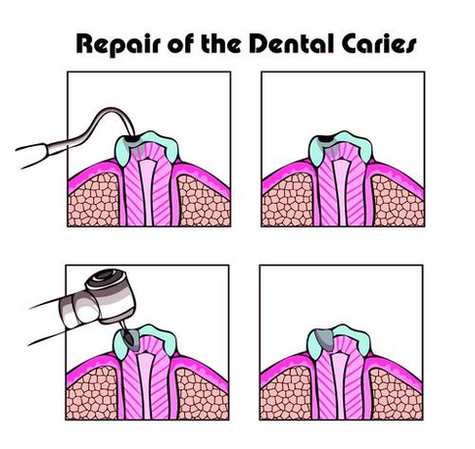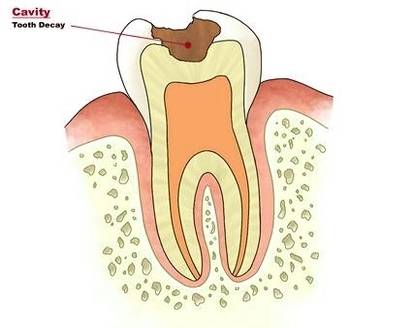Posted inDiagrams
Body Cavity Labelbody Cavity Labeling
Body Cavities and Their Labeling Body cavities are fluid-filled spaces in multicellular organisms where internal organs develop. In humans, these cavities are located between the skin and the outer lining…




